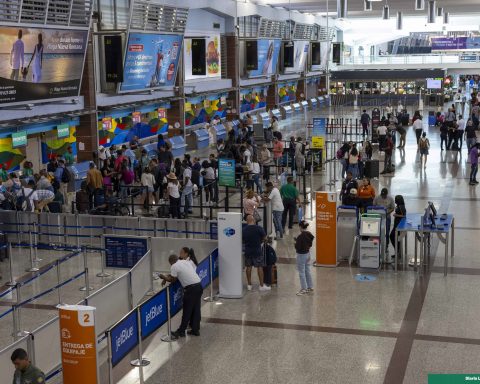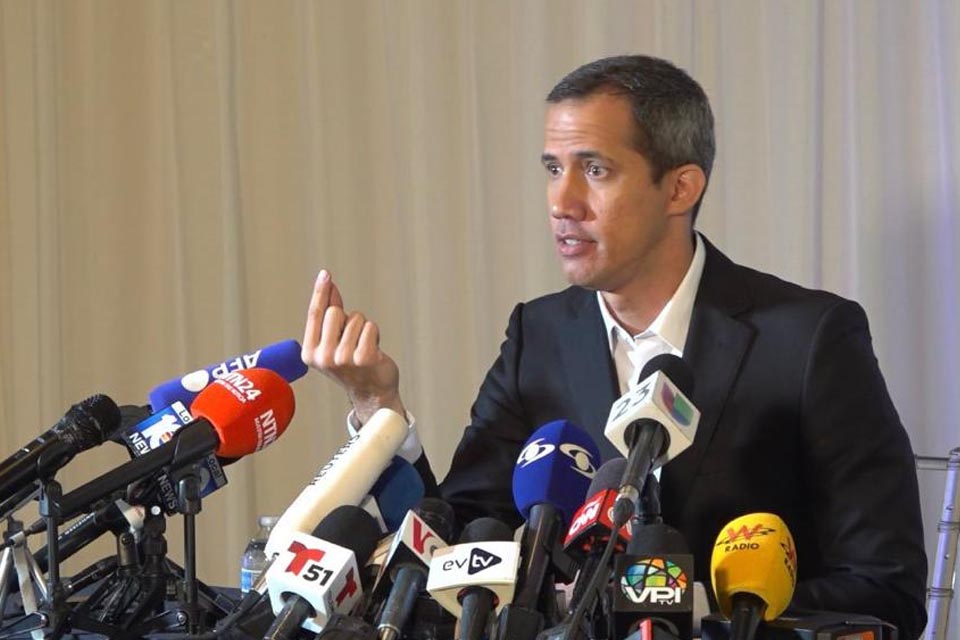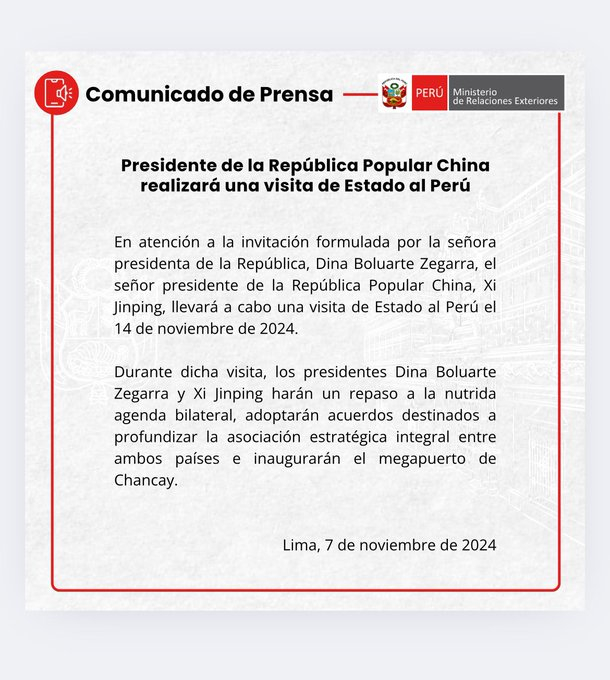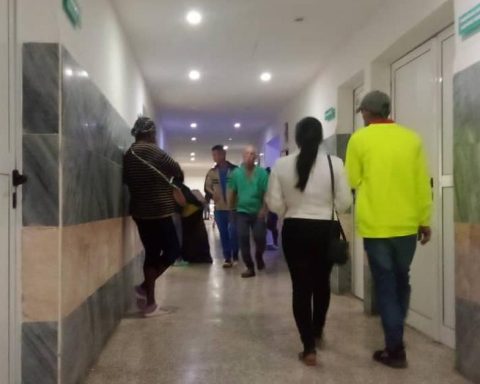SANTO DOMINGO.-Starting this November 21, television in the Dominican Republic will raise its level with the activation or entry into force of the “Digital Terrestrial Television” project, which will leave behind the use of analog devices that operate with antennas and begin to receive digital signals.
This initiative, which dates back several years, involves the placement of some 940,000 signal converter boxes for the same number of vulnerable families so that they can continue watching their local channels with the clarity that those who pay for a private internet service receive.
Jorge Roques, director of the Executing Unit of the project Improving Connectivity for the Digital Transformation of the Dominican Republic, and Carolina García Reyes, director of User Protection of the Dominican Institute of Telecommunications (Indotel), advanced part of the process that has led to carried out by that entity to promote the plan, in addition to what the interested parties must do to be favored with it.
This State project, which is carried out with financing from the Inter-American Development Bank (IDB), and was promoted in 2020 with Decree 539-20 issued by President Luis Abinader, which established a plan to make it possible.
“Digital Terrestrial Television basically means that the channels that go over the air with an antenna will now be transmitted starting in November and will be changed to digital.
This creates a need for the channels themselves to adapt their television plants to transmit digitally and those who watch or have old televisions, which are not plasma, understand this modality and convert their signals,” explained Jorge Roques.
Channels vs. Blackout
Some 500 thousand families have already received their boxes for free.
In a visit to EL DÍA, Carolina García Reyes explained that so far there are about 18 local television channels that are ready to enter this process, as well as about 500 families are equipped with their boxes, many of which are testing. and receive their images with greater clarity.
Roques and García Reyes stated that there are still no exact statistics of the houses that use this modality, but they did affirm that it is hard work that they continue in this field work, which they will be able to confirm later.
The difference between those who receive cable television and those who have analog televisions is that the latter will receive a signal as clear as the former, so on the 21st they may not notice the change.
The so-called “blackout” is when the analog transmission ceases and only digital transmission is transmitted, which is done to make the use of the spectrum more efficient, which is the management responsibility of Indotel.
“When it is only digital, televisions that do not have digital capacity over the air will not be able to see the usual channels,” explained Roques.
Launch
– Change
On the 21st of this month, the signal change will be made in a protocol act that will be led by President Luis Abinader and Guido Gómez Mazara, director of Indotel. Details will be announced.


















